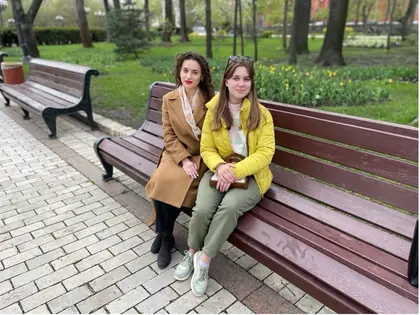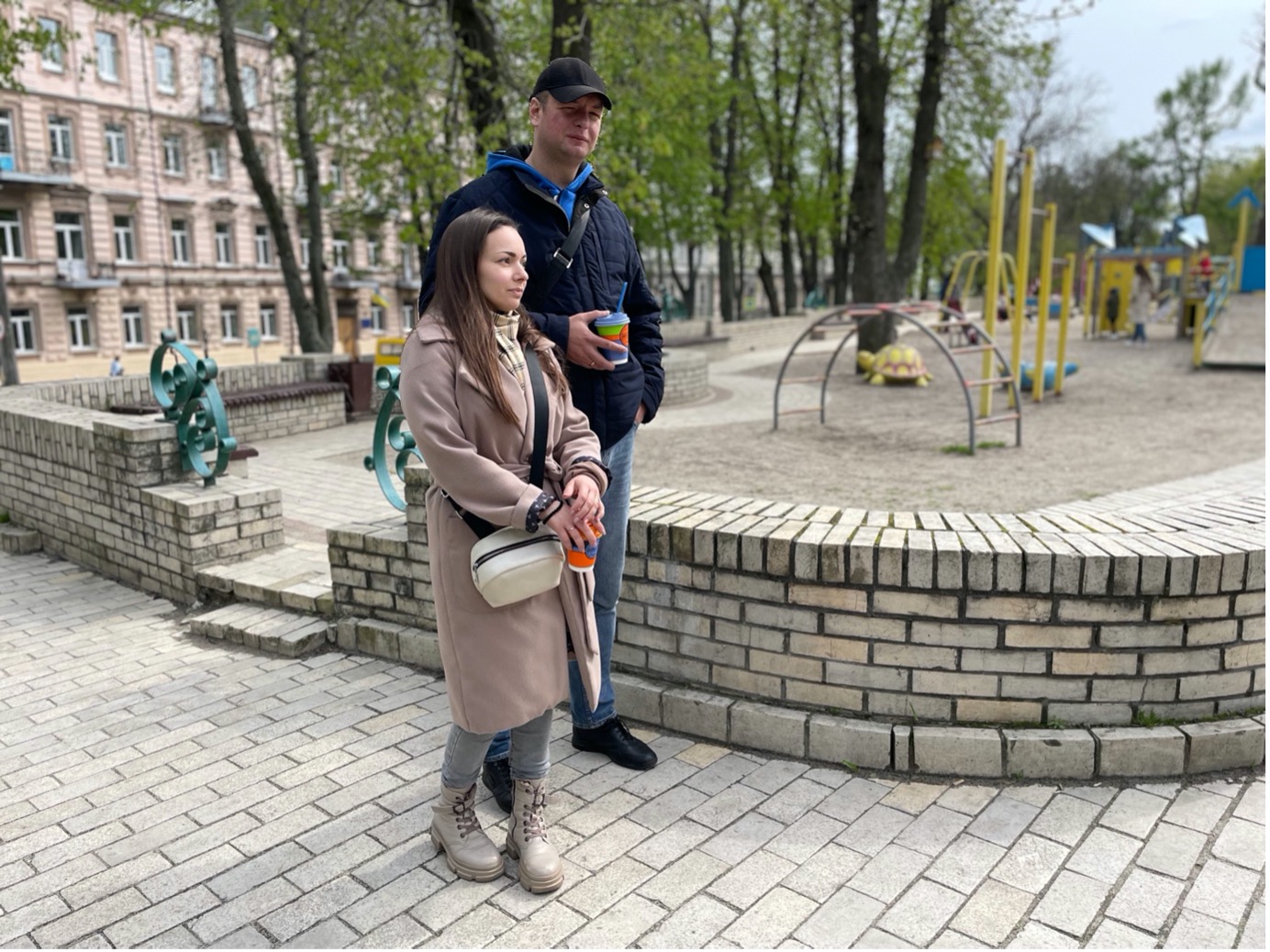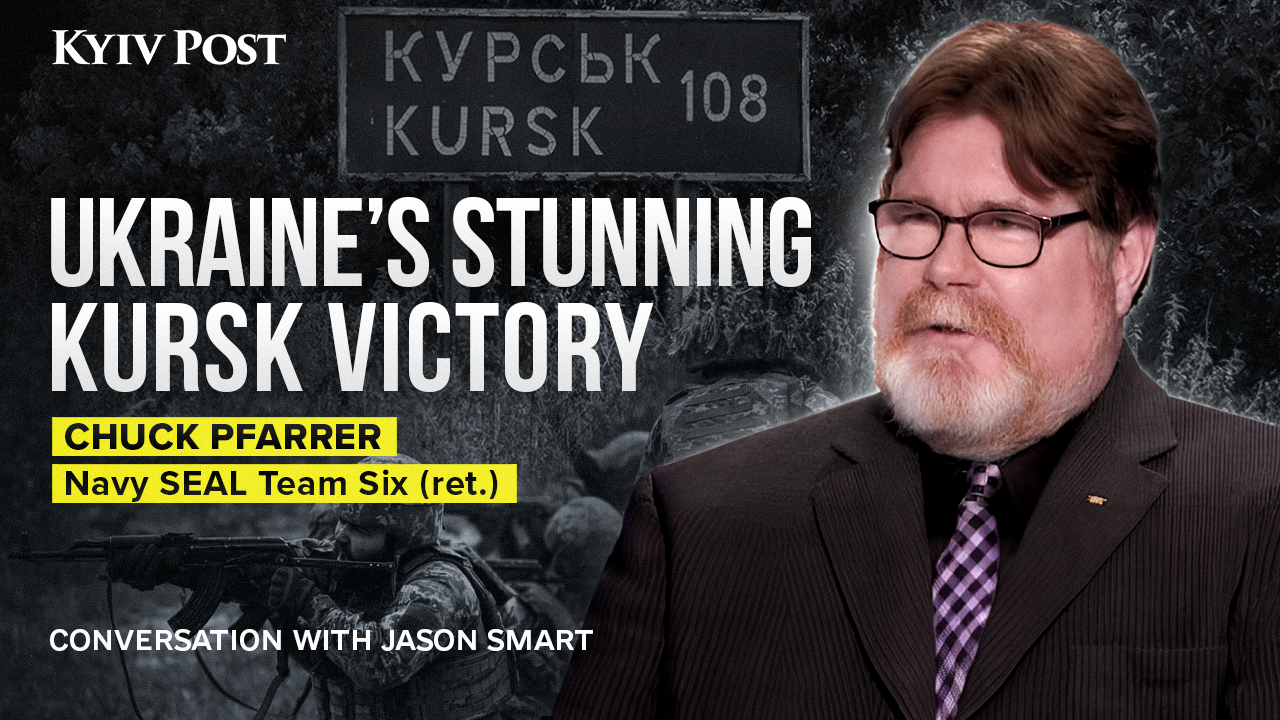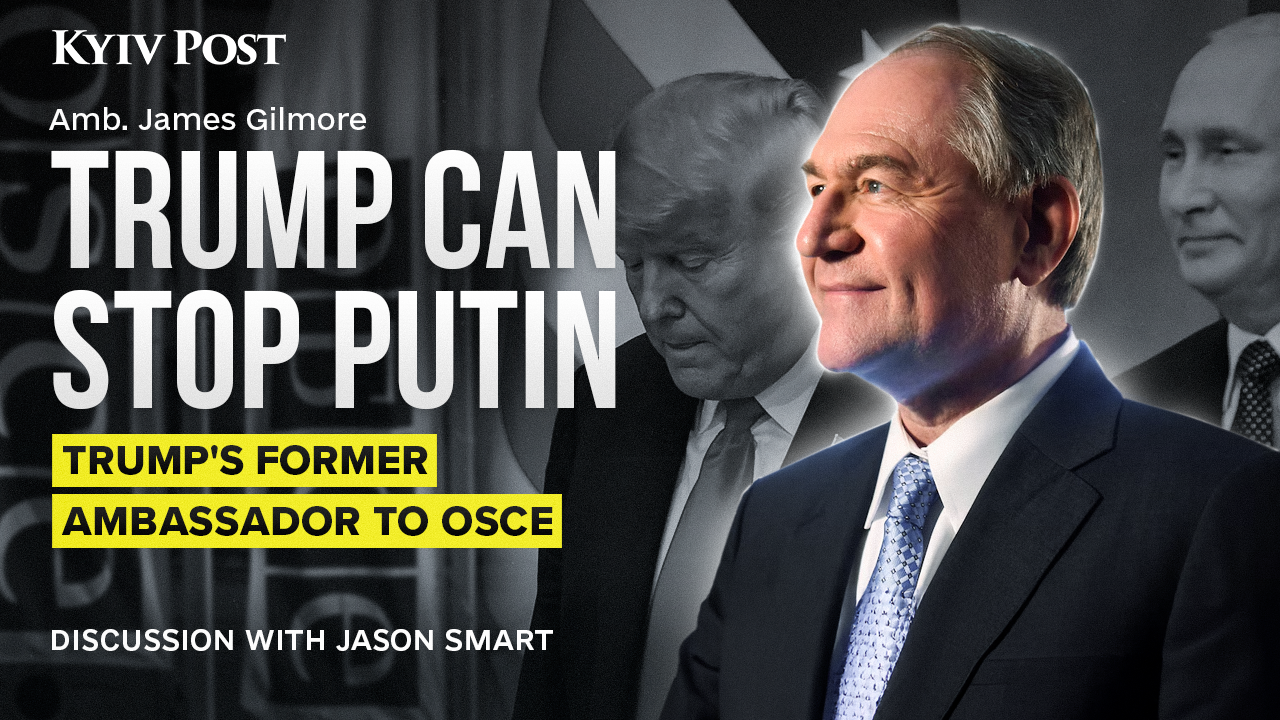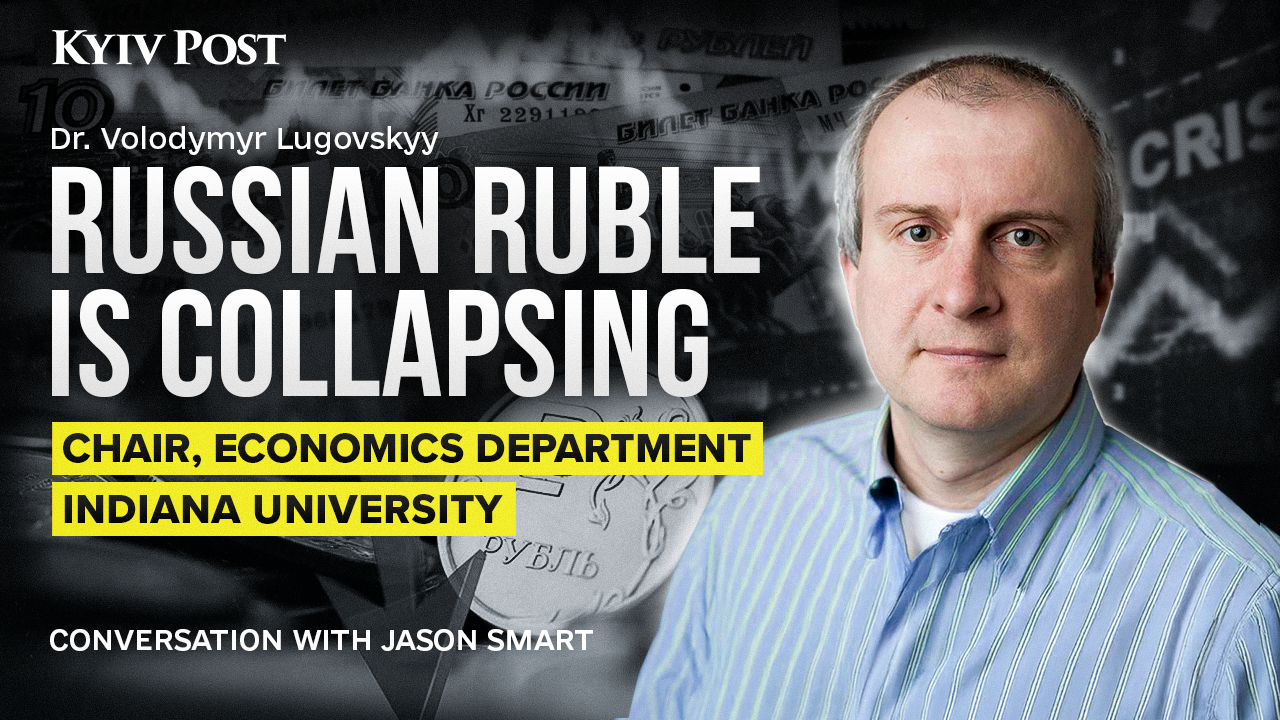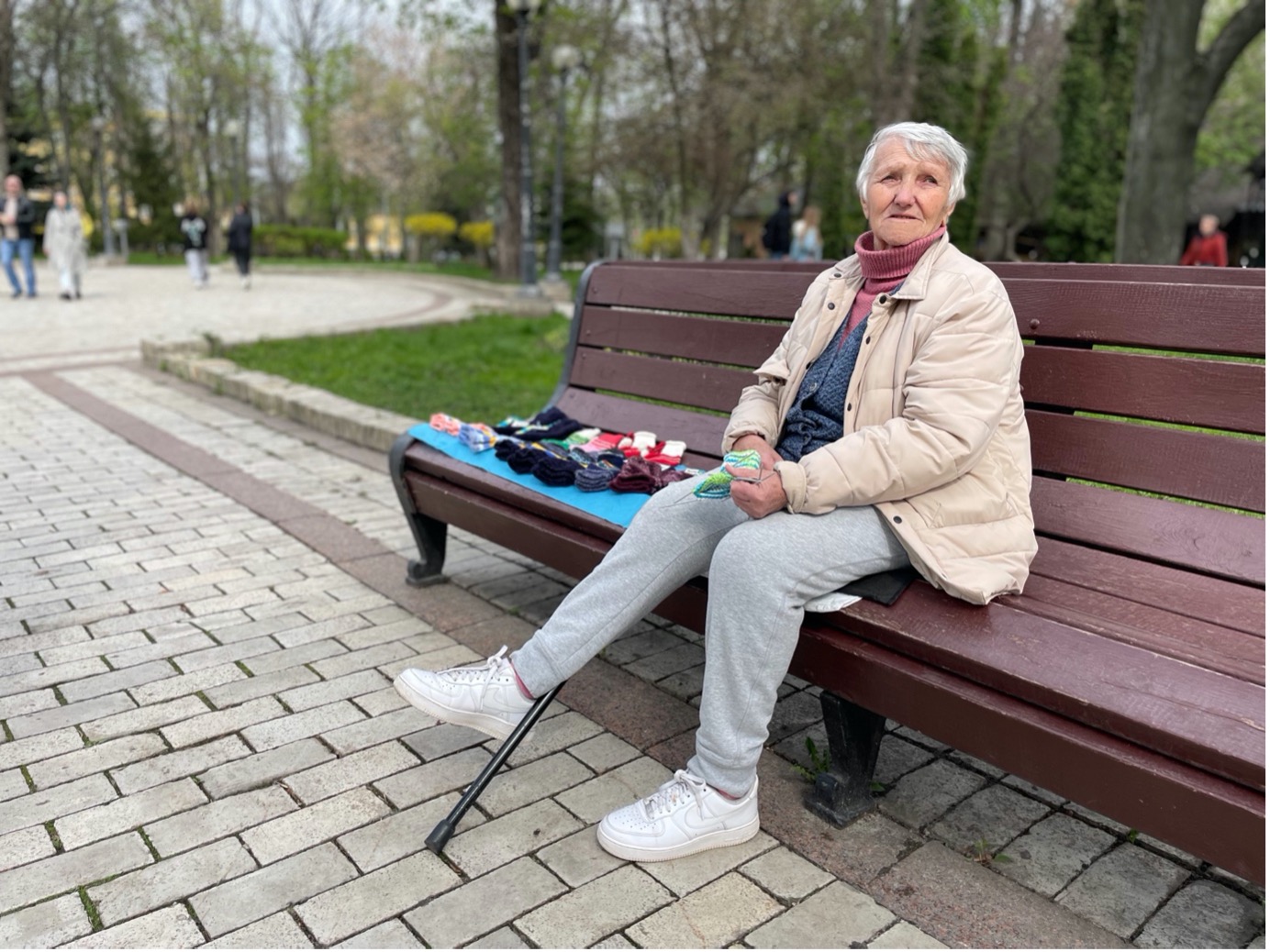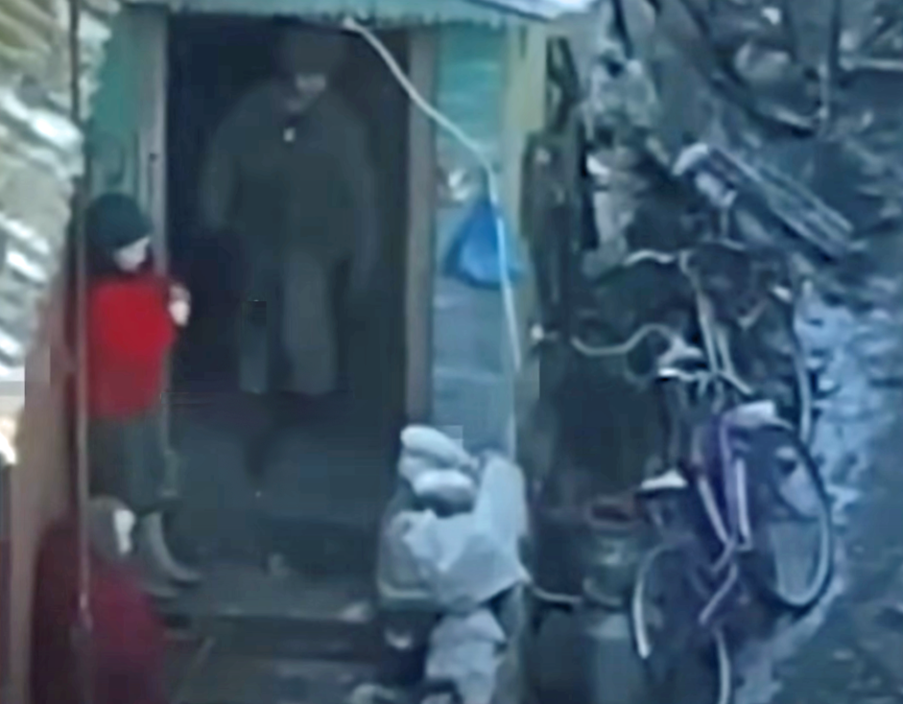“We live in two worlds,” 28-year-old Maksym tells Kyiv Post when asked how life in Ukraine’s capital compares with that near the frontlines in the east of the country.
“One is the world of hell where people are dying and the other is the world of peace. And we're grateful for those in that world which allow us to live in this one.”
JOIN US ON TELEGRAM
Follow our coverage of the war on the @Kyivpost_official.
It’s a revealing insight into the minds of those living in Kyiv that the current situation in Ukraine’s capital can be described as “peace”.
Just the night before Maksym spoke, air raid sirens rang out and explosions could be heard in the skies as Ukrainian air defenses shot down several kamikaze drones launched by Russia against the city, breaking a 25-day lull in attacks on the capital.
Two alerts in Kyiv in several minutes. Possible attack of drones. #StandwithUkraine pic.twitter.com/TH0B2AIn98
— Iuliia Mendel (@IuliiaMendel) April 20, 2023
Yet relatively speaking, Kyiv is currently peaceful having survived five months of near-weekly mass-missile and drone strikes that crippled the city’s energy infrastructure, regularly plunged large sections into darkness and had authorities making plans to evacuate the capital.
“Last night there was an air raid and explosions but mostly we’re recovering from autumn and winter,” 25-year-old musician Yaroslav tells Kyiv Post. “There was a feeling not long ago that we were doomed.
“But now we are OK.”
The scene in Kyiv’s Taras Shevchenko Park on a Friday afternoon on one of the first days of the year where people dare venture out without a coat, is one that could be taken from any European country on a warm spring day.

Kyiv Begins Mass Operation to Seal Borders For Draft Evaders
The melody from a busker’s acoustic guitar blends with the splashing of a water fountain, punctuated almost constantly by the delighted shrieks of children playing on swings and roundabouts in the park’s small playground. Meanwhile on the other and far more serious side of the park, unsmiling pensioners with furrowed brows battle it out over the park’s chess tables.
“People are coming back to Kyiv and it's beginning to get back to normal,” says 36-year-old Maryna.
“More people are strolling in the parks with their families and children and sometimes it just about seems like there is no war.”
But “just about” is the key phrase here – even in one of the quietest parts of Kyiv, reminders of Russia’s full-scale invasion are everywhere.
Just as Maryna finishes her sentence, a large olive-green military truck chugs along the road bordering the park and looking just beyond the swings and roundabouts, workmen are still repairing windows of buildings shattered and destroyed by a Russian missile launched in October on the first day of the Kremlin’s concerted campaign to freeze the city to death.
It’s inevitable that emerging from such a winter brings with it a desire to get back to normal and the pursuit of normal things like strolling in a park or drinking and dancing in a bar.
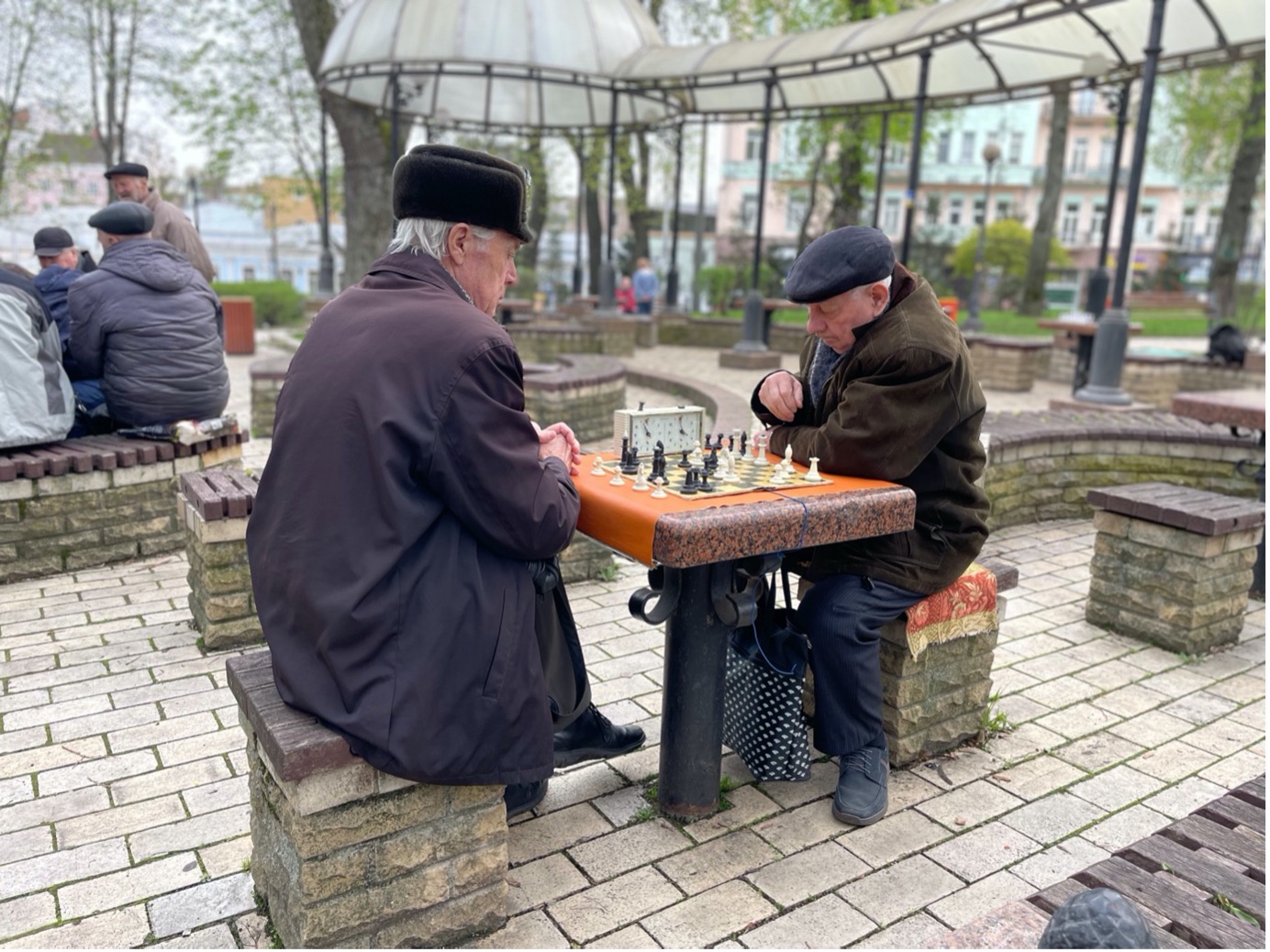
Chess Players in Shevchenko Park. PHOTO: Kyiv Post.
A number of those Kyiv Post spoke to are acutely aware of how this is perceived by people abroad as well as the efforts of some westerners – whose experiences of war are derived entirely from Hollywood – to portray everyday life in Kyiv as evidence that Ukrainians aren’t really suffering the hardships of war.
“People cannot live in constant stress and tension so they seek out normal things,” 21-year-old student Margaryta says. “People aren't forgetting about the war.
This sentiment is echoed by 24-year-old doctor, Alyona, who acknowledges that “from the outside maybe it looks weird”
She adds: “But it's good that people are adapting to life, it's good that people try to go on with things.”
Even if the sound of explosions becomes less regular and far more distant in Kyiv, everyone here knows or is related to someone fighting at the front and one of the most discussed topics right now is the expected Ukrainian counteroffensive in which they may well be taking part in.
“Obviously everyone is waiting for the counteroffensive because everyone is tired of war,” says 46-yeard-old Natalia. “And everybody hopes it's going to be successful.
“I don't think it will end the war and a large part of our territory will be under occupation but we will liberate more of our land.”
Expectations of what the counteroffensive might achieve are also accompanied by a short-termism that Ukrainians have learned is part and parcel of living in a country at war – when you can’t know for sure what’s coming next, it’s difficult to plan the future beyond a few weeks at a time.
“I don't know what's going to happen, I don't think that far ahead,” says Yaroslav. “I've got a concert today, but a drone could hit the club and then I won't be playing.
“It's always that way of thinking. It was much easier before the 24 February 2022.”
And herein lies the most salient point of what “the new normal” now means in Kyiv – even if it’s possible to do the physical things people did before the war, the minds and bodies of those doing them are irrevocably changed.
On a bench in the park, 84-year-old Svetlana is trying to make a living selling hand-knitted socks having been forced to leave her home and her life behind when she recently left Bakhmut, the ongoing scene of the fiercest battle of the war so far.
“Three weeks ago I had a heart attack because of the nerves,” she tells Kyiv Post. “I cannot speak about this war and Bakhmut because I will cry.”
You can also highlight the text and press Ctrl + Enter


